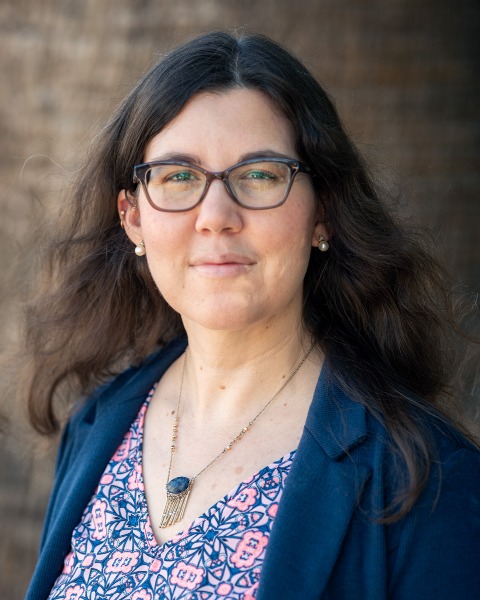Clinical/Preceptor Education (PE)
PP404 - Successes and Barriers in Clinical Accommodations: Student and Faculty Interview Outcomes

Erica J. Williams, PhD
Clinical Professor
Arizona State University
Arizona State University
Tempe, ArizonaDisclosure(s): No financial or nonfinancial relationships to disclose.
Lead Presenter(s)
Summary:
Rationale
The implementation of clinical accommodations for students with disabilities in Communication Sciences and Disorders (CSD) graduate programs is a complex problem to be examined from multiple angles. The percentage of clinicians with disabilities in practice across a number of different health fields in the United States, including CSD, falls far below the percentage of individuals with disabilities (CDC, 2023; CSD Education Survey, 2022; Jauregui et al., 2020; Ozelie et al., 2022). However, the societal value to the healthcare system of offering the lived perspectives from individuals practicing with disabilities, to equity for an individual with a disability towards pursuing their career goals, to the value for patients with disabilities to see clinicians who they believe can relate with a shared empathy can not be underestimated (Meeks et al., 2015, Meeks et al, 2022). This data is part of a larger series of research examining factors influencing application decisions to graduate school and evidence-based improvement of the clinical accommodation process for CSD graduate students (e.g. Williams et al., 2022). An initial step in this process is an analysis of the key factors that are currently influencing the accommodation process.
Method
Approval for this data collection was obtained through the Institutional Review Board at Arizona State University. Both CSD faculty who develop and administer accommodations and CSD graduate students with disabilities who receive accommodations from universities across the United States were included in the study. Participants were recruited through discipline-specific social media pages or direct communication from the author. Interviews were conducted via Zoom video conferencing technology and transcribed using Otter.ai technology. Questions included demographic information (e.g. number of years in position or year in program, National Institutes of Health (NIH) categories of disability, types of accommodations received or administered) in addition to a query about strengths and challenges within the accommodations process across the classroom and clinic. Participants were also given an opportunity to offer any other information that they felt would be valuable given their lived experiences.
Results & Conclusions
Major themes in the interview data were coded for qualitative analysis. Faculty data collected to this point has revealed commonalities including contrasting differences in accommodations that can be enacted for on campus vs. off-campus placements, a responsibility towards future employment of the student, logistical aspects of accommodation implementation, coordination with university accessibility office personnel, and a burden of conflict between pursuing student success with prospective accommodations versus overburdening and losing preceptors. Current student data includes themes of the types of accommodations utilized, feelings of gratitude towards the university for their level of accommodation, consideration of future employment options, and realization of an inability to both fulfill clinical requirements and have the stamina to maintain a social connection with their cohort-mates.
The impact of the major coded themes on clinical education will be discussed in addition to a consideration of these results on future practice and research directions.
Learning Objectives:
- 1) Identify currently present strengths and barriers in the clinical accommodations process for Communication Sciences and Disorders graduate students with disabilities.
